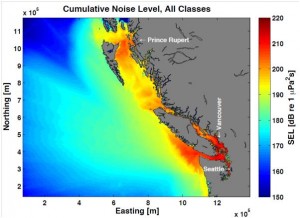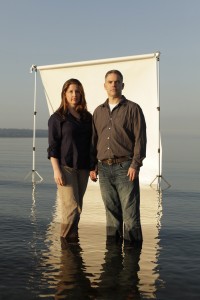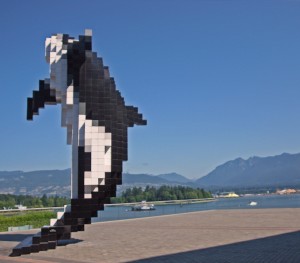Today, President Barack Obama designated five new national monuments, including Cattle Point on San Juan Island in Washington state. This is exciting news, not only because Cattle Point is beautiful and has historic relevance, but because important feeding habitat of one of the most critically endangered marine mammal populations in the US is just off Cattle Point. Our past research shows that in summer, southern resident killer whales (or orcas) have preferred feeding hotspots just off Cattle Point.
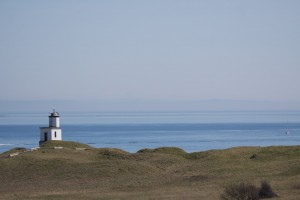
In 2009, we published a paper mapping where the whales carry out various activities within their core summer habitat. The idea was to identify and prioritize important habitat and to propose a candidate Marine Protected Area (MPA) for the whales, especially their feeding habitat. Our previous work has revealed that feeding behavior is the activity state in which killer whales are most vulnerable to disturbance from boats. Although we can’t protect all of their summer habitat by closing it off to or reducing boat traffic, and neither would we want to, it seemed sensible to us that we could protected the most important parts. In this case, that leaves their feeding areas.
- Candidate killer whale Marine Protected Area (MPA)
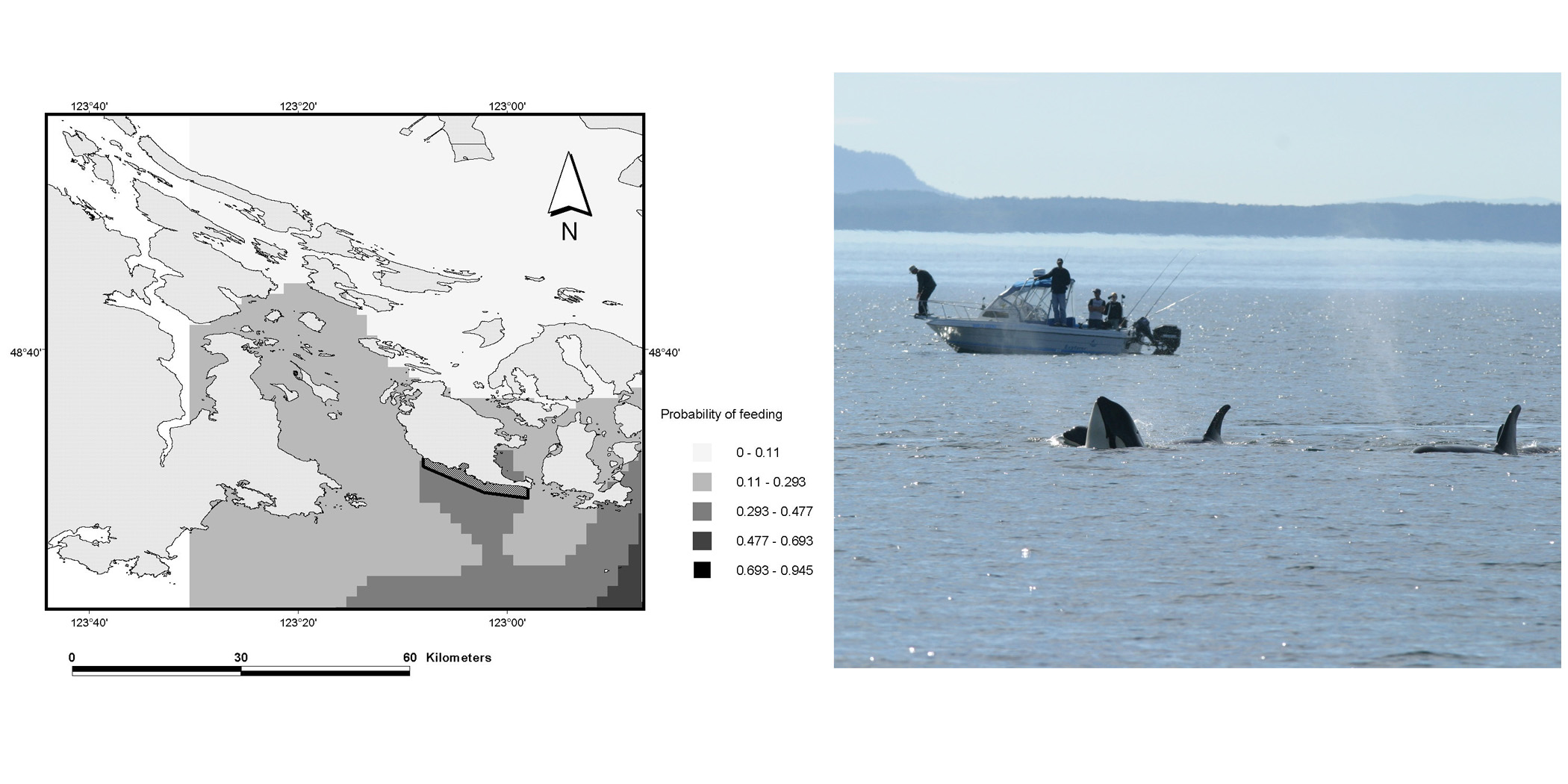
Our research suggests that ocean noise from boats in the area plays a role in interrupting feeding behaviour. Now, our work on ocean noise, Marine Protected Areas, and killer whale behaviour are all coming together and we look forward to sharing our latest and greatest results. Please let us know what you think.

